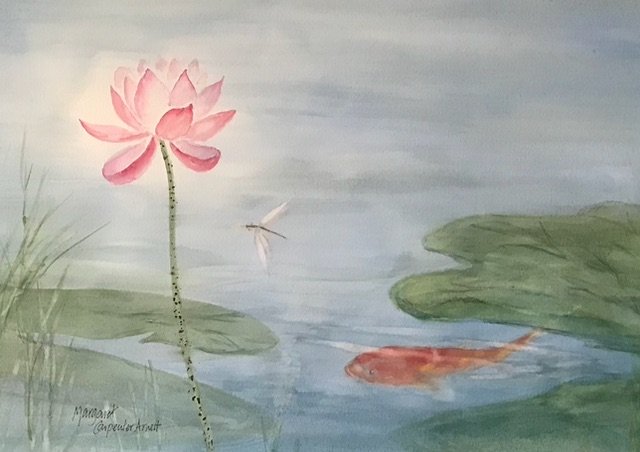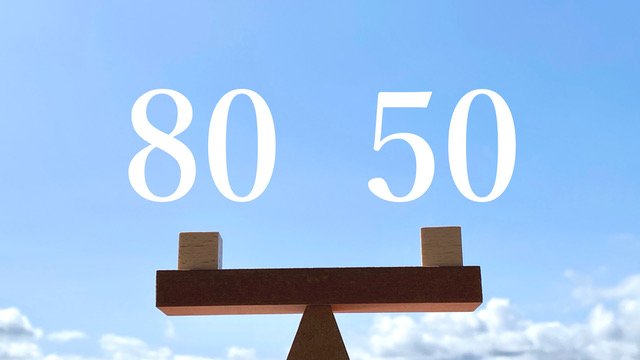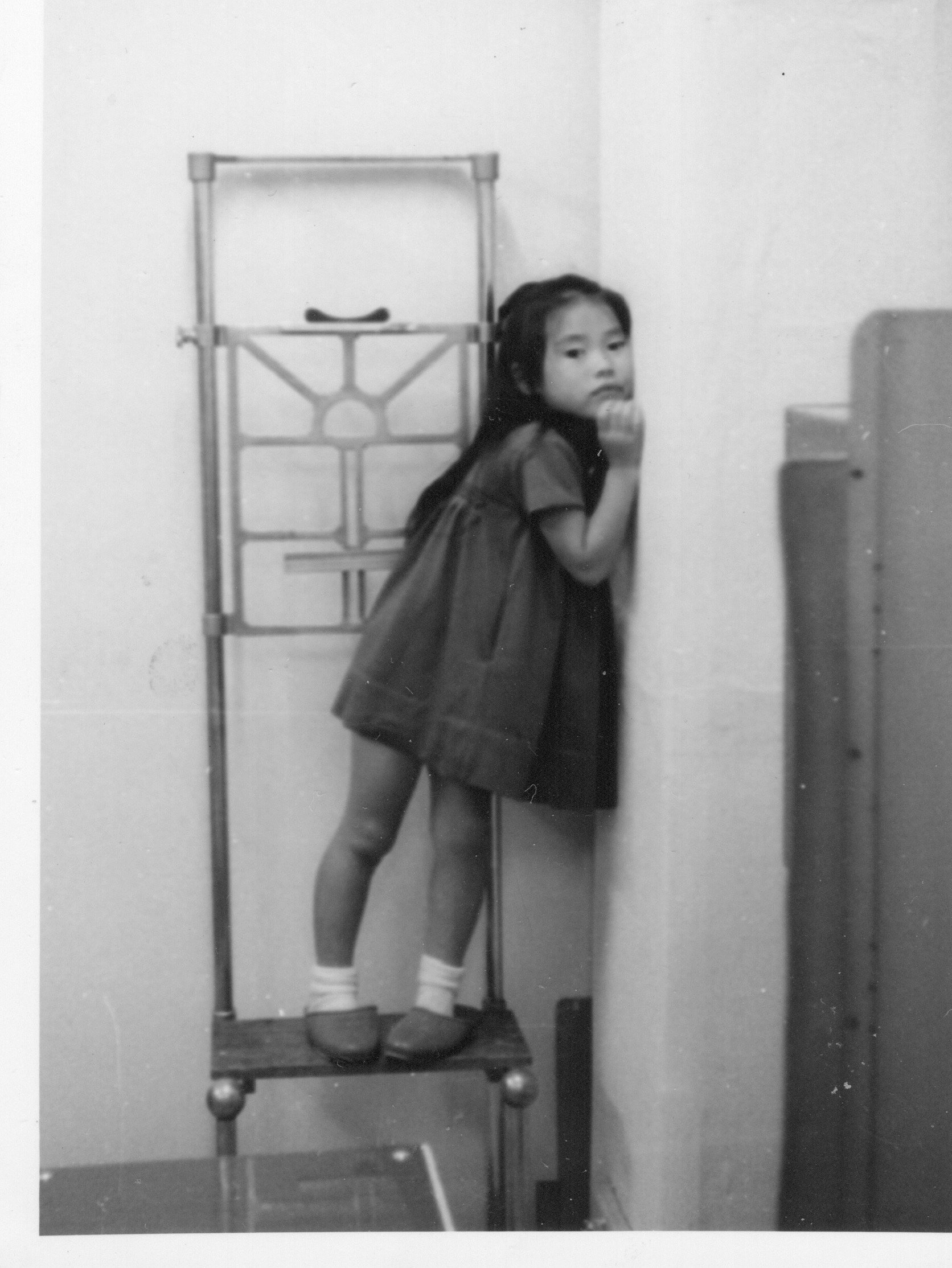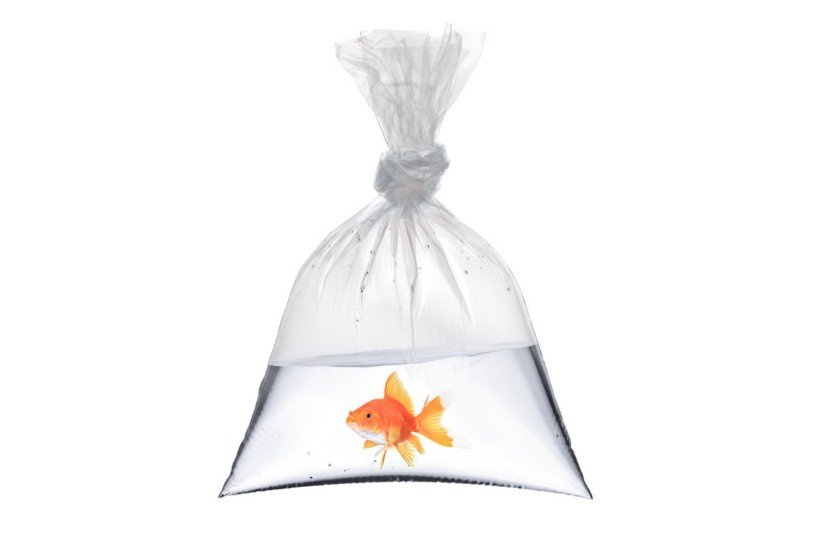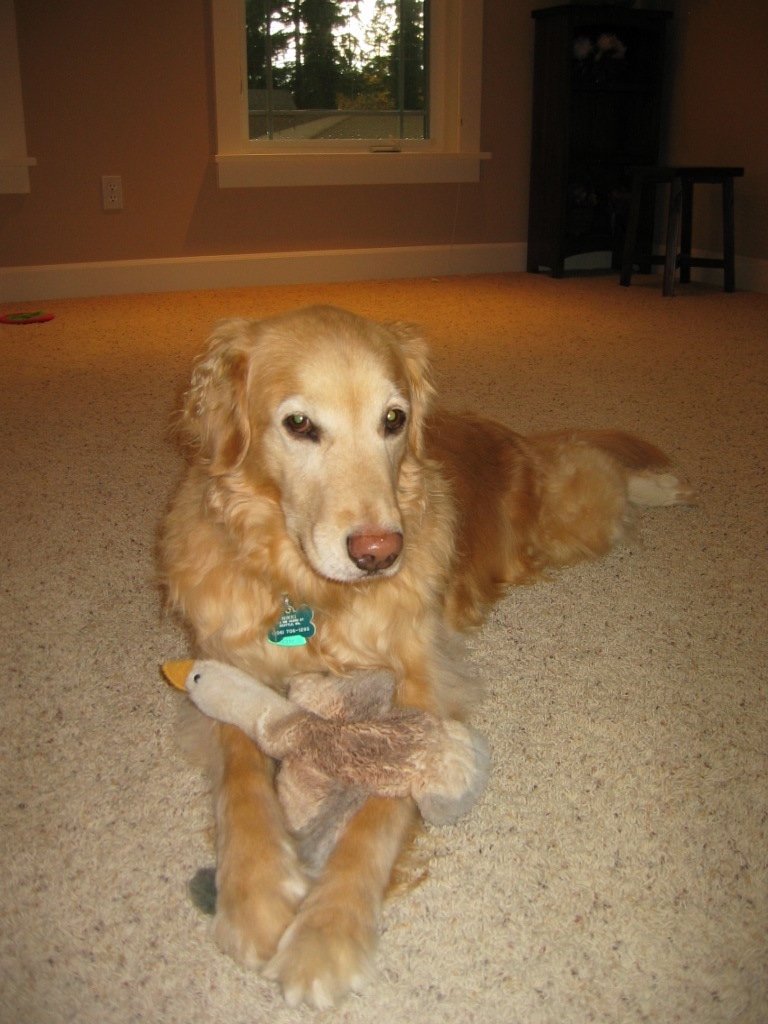Docho (conformity) vs. Kyocho (cooperation)
Recently, I saw a YouTube video(1) 1 by two Japanese women (married to Swedish men and residing in Sweden), who compared and contrasted between docho (comformity) in Japan and kyocho (cooperation) in Sweden. In their thought-provoking discussion, they contended that although both societies value group harmony and their group-focused behaviors may appear outwardly similar, their underlying mechanisms are qualitatively quite different. I couldn't agree more.
They alluded to "the Law of Jante" (the mindset portrayed in the satirical fiction by Aksel Sandemose) as a widely accepted Scandinavian code of conduct that stresses humility and the importance of collective accomplishments and well-being rather than individual achievement, and that children are trained from early on to put this value into practice at school.
As I investigated further into this topic, I learned that Scandinavians are known to be fiercely individualistic and pragmatic, and yet at the same time collectivist-minded. From the perspectives of group-oriented Japan and individual-oriented America, that seems paradoxical; but Nordic countries seem to have figured out a happy medium by striking a balance between collectivism and individualism that works for them.
This is food for thought. I don’t mean to look at them only through rose-colored glasses; but given that both Japan and America often tend to swing to unhealthy extremes that increase life dissatisfaction, those Nordic societies might be presenting an alternative hybrid model, a way of life that might lead to greater happiness and contentment.
The rules within their individualistic collectivism that promote social harmony and stability include: putting collective well-being ahead of the individual’s; being modest about one’s achievements; and focusing on what will help one’s community as a whole. There seems to be a fundamental belief and trust that if people are generally happy and satisfied with their lives, they would naturally become intrinsically motivated to reach out and help others. And the individual contribution to the common good would, in turn, benefit the individual. This positive reciprocal cycle might be a contributing factor to their overall societal happiness.
Dichotomy between Docho and Kyocho
Before moving to the subtopic of the dichotomy between docho and kyocho, it is important to mention that I’m well aware of my own bias. As someone who’d experienced less-than-ideal situations growing up in Japan, it’s not possible for me to see things from a neutral perspective, especially these days when Japan’s social problems (e.g., school refusal, hikikomori, bullying, and suicides) have grown considerably worse.
Docho (conformity):
· Oppressive and rigid control to promote group harmony/”cooperation” (the word, docho atsuryoku = peer-pressure-induced conformity is used to connote negativity, when one’s behavior is driven by fear of ostracization)
· Groupthink: expects everyone to be the same, think alike and in total alignment, making those who deviate a target of sanction
· Self-control is the dominant mode of thinking and behavior
· Hierarchical
· Passive
Kyocho (cooperation):
· Softer approach toward group harmony (encouraging intrinsic motivation to work together)
· Each person’s ideas and opinions are valued and taken into consideration before coming to mutual agreement on things/more flexible in finding compromise through mutual respect
· Conducive to willing and spontaneous cooperation governed by rationality and pragmatism
· Self-regulation is the dominant mode of operation
· Egalitarian
· Active
I saw a similar dichotomy at the micro level, with two contrasting Japanese preschools I’d observed during an ethnographic study for my doctoral dissertation. Against the backdrop of educational reform movement spearheaded by the government to promote creativity and individuality in students, I investigated preschool teachers' and administrators' interpretations of the concept, jihatsusei (spontaneity/initiative), and how they implemented them in practice, because at the preschool level jihatusei was considered as the foundational cornerstone for the future development of creativity and individuality. I’d chosen three schools, A, B , and C, and the most marked difference was between School A and School C.
School A was headed by a feisty eighty-year-old female director full of Spartan spirit, who took great pride in her heyday when she was involved in drafting an older version of curriculum guidelines. She was still operating a didactic, teacher-centered and academic-oriented curriculum that had been deemed inappropriate by the then-ongoing governmental reform movement (stressing student-centered learning through play).
One morning, the director gathered all students in a large circle at the school gym, scattered cards with numbers written on them in the center, and had students march around in circle as she read math problems. The students then ran to grab cards with the right answer. That scene broke my heart because, in addition to having to solve the equations quickly, they had to rush and compete for the cards. Not many of them seemed to be having fun with this “game.” At this school, not only students, but teachers, too, seemed intimidated and stressed out by the overbearing director. One veteran teacher told me he’d never really thought about nor paid attention to students’ individuality. Another teacher complained to me in private that, though he dared not voice his dissent, he disagreed with the director’s tendency to fix students’ artwork if they weren’t up to her standard.
This was the somewhat military-ish type of school I also attended as a child and was familiar with. Throughout my Japanese schooling, the Spartan spirit of ganbaru (work hard) and gaman (persevere) was inculcated. These were overused slogans I heard over and over, and became deeply ingrained in my psyche. While that might have helped me to become disciplined, it also made me passive and timid, and took fun out of learning. Group activities were something I reluctantly participated only because I had to.
School C was headed by a middle-aged man who was also an artist. The curriculum at School C was free flow, mostly involving play and social activities, such as capitalizing on "playing shops" initiated by a small group. The teachers allowed it to spontaneously evolve into much larger and more elaborate schoolwide activities that continued to develop over many days. Kids seemed genuinely motivated to improvise new games each day to contribute to the ongoing “shops,” and learned to exchange, negotiate and calculate.
The contrast between School A and School C was striking. The demeanor of students in School A appeared well disciplined, quiet and obedient, and their facial expressions very stern and serious. Students in School C, on the other hand, were rather loud and lively, smiled a lot and seemed to be really enjoying themselves. The School C director said he valued individuality in each student, but it must be also compatible with group harmony and cooperation. And the types of individuality that are disruptive to the group must be redirected with corrective feedback.
A Japanese researcher Moriue (1992)(2) describes two different types of group dynamics by using a metaphor of soybean products: tofu vs. natto. In the process of making a block of tofu, individual soybeans are crushed and compressed into an amorphous product, whereas for natto, fermented soybeans come together to form a cohesive whole with each soybean retaining its shape. I observed the contrast firsthand between School A and School C group dynamics, and believe that children’s learning experiences were remarkably different. And to some degree, these contrasts can apply to the docho and kyocho dichotomy (described above).
I would conjecture that these different group dynamics, as well as teaching principles and practices, would likely influence how culturally prized values such as empathy, kindness, and consideration to others are taught. What if teachers are so busy and preoccupied with teaching academics that it might leave little room for kids to really learn how important those humane values are?
It’s been a conundrum to me how the society that emphasizes those values can also produce monster children with hateful bullying behaviors that at times push victims to suicide. Is it because students are so stressed out at home and/or school that they need to take it out on others simply as a stress release? Is the “pressure-cooker” academic environment the culprit for having produced those heartless students, or is it because those humane values are so heavily institutionalized, only externally and unilaterally enforced that they’ve become apathetic or rebel against them? Japan’s toxic work culture with no work-life balance has long been well known, and workplace bullying is also rampant. One that sometimes makes me lose faith in humanity.
In order to build a better society, we have to start from the bottom. It is my hope that more Japanese schools will learn to become like School C, where each student’s individuality, dignity and integrity are valued, and where students learn to treat each other with genuine respect, kindness and consideration, and become intrinsically motivated to cooperate together towards the common good. And by incorporating what Scandinavian societies seem to have gotten right–with a softer and more flexible approach to group dynamics, and striking a better balance between group and individual—Japan might be able to gradually improve many of the social maladies it is now facing.
1) Nord-Labo 北欧研究室 (Nov.27, 2021): www.youtube.com/watch?v=-w3V1YUCTE0
2) Moriue, S., & Imai, K. (1992) Shudan te Nandaro [What is a group?]. Kyoto: Minehluva Shobo.

